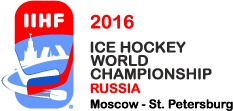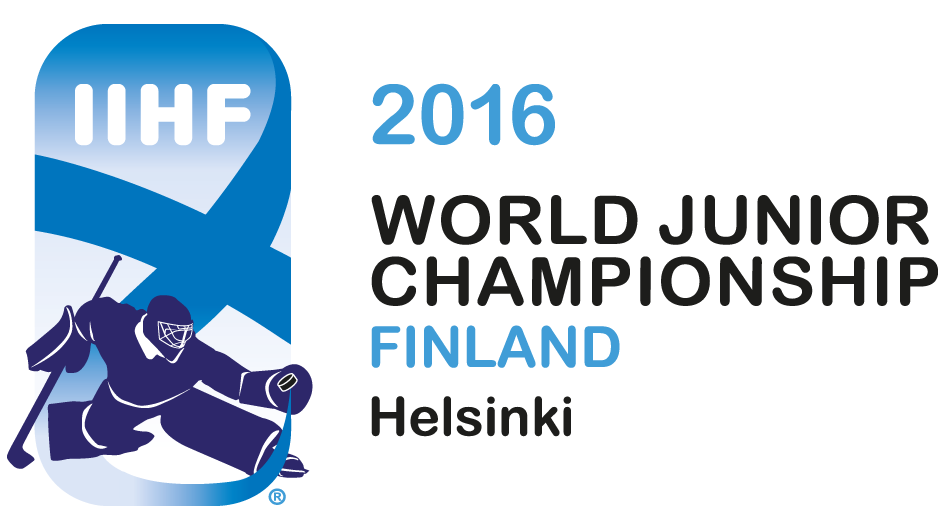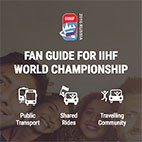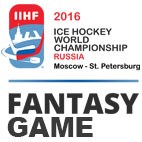New Ice Rink Guide
New Ice Rink Guide
Your book to building cool venues worldwide

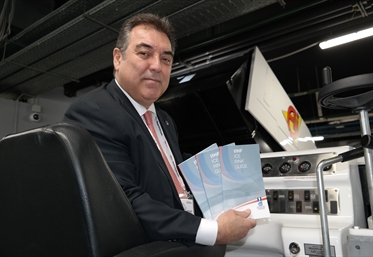 IIHF Facilities Committee Chairman Frank Gonzalez on an ice resurface machine at the Ice Palace in Moscow with copies of the new IIHF Ice Rink Guide. Photo: Martin Merk
IIHF Facilities Committee Chairman Frank Gonzalez on an ice resurface machine at the Ice Palace in Moscow with copies of the new IIHF Ice Rink Guide. Photo: Martin Merk
During the recent events great IIHF events have been held at arenas as big as the one here in Moscow or in Grand Forks or Katowice. But promoting ice hockey globally is not just about having huge venues for top-level ice hockey – it’s also about providing guidance towards nations outside of the major hockey centres to build ice rinks to get ice hockey and other ice sports going and give communities new recreational activities.
This is the aim of this new guide that will be given to the IIHF’s 74 member national associations at the upcoming Congress and is available for free for everybody on IIHF.com. The guide gives technical insight, information and examples for income and costs of an ice rink and what a weekly schedule can look like. Click here to access it.
IIHF Facilities Committee Chairman and Council member Frank Gonzalez spoke with us about the new guide.
Frank Gonzalez, what can you tell us about the new IIHF Ice Rink Guide?
It’s a revised format we have come up with in the IIHF Facilities Committee. We prepared this after reviewing the original version. I think we did a good job for our members to use it and achieve their goal in building low cost arenas.
What is very unique is the blueprint and the business plan, which is an Excel sheet. Every country can put in their figures because everything is a bit different. Every country is unique in its own way. In our committee we have ice masters, we have architects, arena owners and a general secretary who helped with all the information toward building arenas around the world. If you really want to learn about this and about ice making and maintenance, this is a book to have. It’s good for all our members and for the IIHF to have this.
What are the major differences between the new one and what was done before?
The new one has the actual facts of financial and technical guidance, of social dimensions what the rink can do for the community and apart from that we have a blueprint of how to make a rink with all the data. I think the Facilities Committee and all the experts have done a great job in achieving the goals we wanted to get to and to communicate how to build a proper ice rink without going overboard. You don’t necessarily need a 3,000 or 4,000 spectator arena, just a simple rink of 1,000, 2,000 can make it work in your own federation and country and specially your community.
Is there a model rink in this project?
Previously we had multipurpose arenas in our documents and now the target are rinks below 3,000 for countries with lower capacities of rinks. Our target is to build as many rinks as possible without spending so much money that can be used in a proper way.
What help can member national associations or communities get from the IIHF?
We had many requests from our members when it comes to professional advice like the measurements that they would need of the rink and behind. Figure skaters and short track need 60 by 30 metres, in hockey a bit less is possible like NHL-size rinks. In the end it’s good to promote all the ice sports and that they work together for the same goals.
Often the problem in building an ice rink is money-wise. What advice do you have for hockey enthusiasts in this aspect?
This is why you always have to go through local and regional institutions, municipalities, ministry of sports, EU funding. You always have to use all the means available to get there. I think if you get all the different sports and federations involved this can help. We are the leaders of this project but we also worked together with the international federations of curling (WCF) and figure skating (ISU) and they are very interested in continuing this with us.
Have there already been some success stories based on the publications?
This one will just be published but we have been in contact with many people when it comes to previous publications. We don’t always know what is implemented from the expertise they get but we believe they build it into the plans and we have some concrete examples for instance from Belgium and the Netherlands. Our secretary gets 50 to 60 requests from architects, federations, private persons each year. These come from small federations to big federations who have been involved in ice hockey for many years. We are doing this for everyone. I hope this book can be translated into different languages. For example in Spain we will translate it and send it to our Ministry of Sports to have guidance for building an ice rink which they already have which is called NIDE, but this is more defined in its contents.
Spain is a warm country. What can you do to get a community to build an ice rink?
There’s a wrong picture that an ice rink costs a lot of money first to build and then to maintain and manage it. The problem is they often don’t know how to do it; they don’t necessarily have the right people to do the management and maintenance because they haven’t been taught, and so the costs soar. This has been a handicap in building more ice rinks in Spain. But we have come upon several ice rinks built by municipalities and we have organized World Championship events and our development camps there and they are happy to have us as long as they don’t lose money and are happy to have all these activities towards their community. In Spain everything has been built for indoor football, basketball courts and handball. The only things they need to build now are ice rinks. Now we have two more rinks in Granada, the second one will be finished this year and there is already an interest to have a championship there since they have hosted the 2015 FISU Winter Games where all the arenas were full of spectators.
In Spain when they built the first arenas they were built the wrong way from the capacity of dressing rooms to the compressors to maintain the arena in such a warm country. They built arenas for showcase with glass around and non-operational, which is the wrong thing. Often there is no guidance as to build an ice rink this way; they use the same blueprints for several sport facilities, which is wrong. We want to show the Ministry of Sports how to build an ice rink and they will be pleased with this information and I’m sure many other countries too. They need to know what ice rinks and ice sports are for. We’re very lucky that ALL ice sports are Olympic while several other indoor sports are not.
Can you tell us more about the IIHF Facilities Committee and what is done in the committee?
The committee had a mandate for these four years and we have achieved all of them ahead of schedule. We have a great secretary in Cornelia Ljungberg who organized us and made sure we followed it step by step in a timely fashion. We have Patxi Lagarda, who is an architect in Spain and a former national player, so he knows the sport, which is perfect. Harry Bogomoloff, who owns several arenas in Finland and is a member of the Finnish Ice Hockey Federation. Zoltan Kovacs, who is the general secretary of the Hungarian Ice Hockey Federation. Jeff Theiler, who works for STAR, which was formed jointly with USA Hockey and USA Figure Skating. They teach people and organizations to perform maintenance and to manage facilities through professional seminars. We have Mikhail Zagaynov, who was in charge of all the arenas in Sochi and he wrote a book on ice and different types of ice. We had Antoine Descloux from Switzerland working with us who runs and sells mobile ice rinks, which is another side of the expertise on ice arenas and something people buy more and more. Also, Charles Botta an experienced Swiss architect in multipurpose arenas, has provided good advice. Then we have Manu Varho, an ice master from Vierumaki, Finland, in charge of also teaching the techniques in his country and has provided us with great knowledge on the maintenance side of matters. He and Theiler lead our seminars for maintenance and management. We organized these seminars two times as test events in Spain and then we were ready to do so in Hungary, and will have Belgium, Turkey and Asian countries next. We especially would like to work with Korea and China as they are building arenas towards the Olympics. Our Facilities Committee must be there to give them the advice they need to not commit the same mistakes that all of us have done in the past. And maybe in the future South America if they start getting serious into ice sport events. I’m sure at the upcoming Congress the Facilities Committee will get more requests to help other countries in the near future, this is what the IIHF Facilities Committee is here for.
Back to Overview

